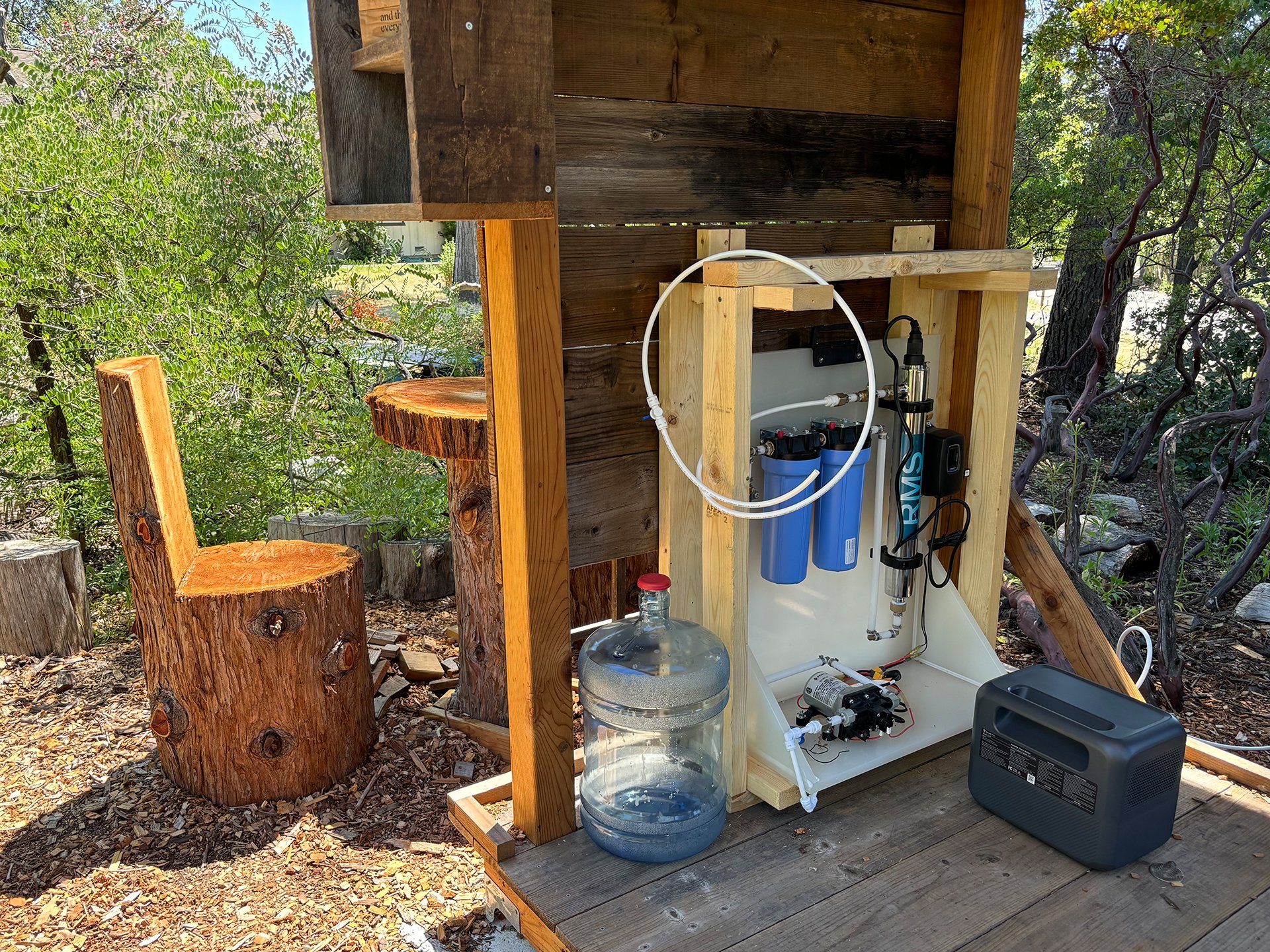This half-acre plot of Walnut Creek School District (WCSD) property, once a mustard field, has been evolving with my conscious guidance. Without a source of water for irrigation in a somewhat arid part of California, I am shaping it as a dry garden. This means that there is no supplemental water, only what falls as rain. I plant in the fall. The landscape reflects what survives without artificial inputs. In a sense it is a default landscape. It affords many exploration opportunities for children and learning possibilities for adults who use it as a link to and from the adjoining public open space area.
A small botanical preserve, it offers plants from the Mediterranean climates of the world and includes many native Californian species.
My vision for this field of my dreams is to:
Create a model of planting practices appropriate to the climate, topography and soil conditions (physical and chemical) of this region.
Feature California natives and other plants from similar climates i.e. Mediterranean
Attract wildlife through diverse plantings and attention to the habitat needs of all living things.
Provide opportunities for children to make a visceral connection with nature through observation and play.
Highlight plants of historical significance
Display geological elements e.g. fossils, that tell the story of the seashore environment that existed here in the distant past.
Make a case for foraging and fostering the reconnection of culture and the culinary arts with native plants; begin a “food forest”.
Replicate elements of a Volvon village site in a county in which indigenous peoples had a significant presence.
Promote healthy pollinator populations through offering great variety in flower types, forms and colors and by creating a native plant hedge row.
Plant host species for butterflies. Because I planted an abundance of milkweed in the field, children from the adjacent elementary school, their teachers, neighbors and I were able to observe the truly magical emergence of monarch butterflies. This space has become a destination for members of the community.
Demonstrate land management practices that offset climate change and foster water retention.
Carbon sequestration through mulching, composting, tree planting
Contouring the land with swales and mounds and using plant anchors for water capture and storage; hugelkultur
Model what is possible when Nature is left alone.
Take pleasure in how much joy the beauty and ecological function of the park-like place I have created brings to those who pass through it or make it their destination.
Observe how one can vastly increase floral and faunal richness through a few simple educated acts.
“In the spaces where I garden, no species will knowingly be endangered and the ecosystem will function as it should. Living this way gives me tremendous hope for the future of our planet. ”








